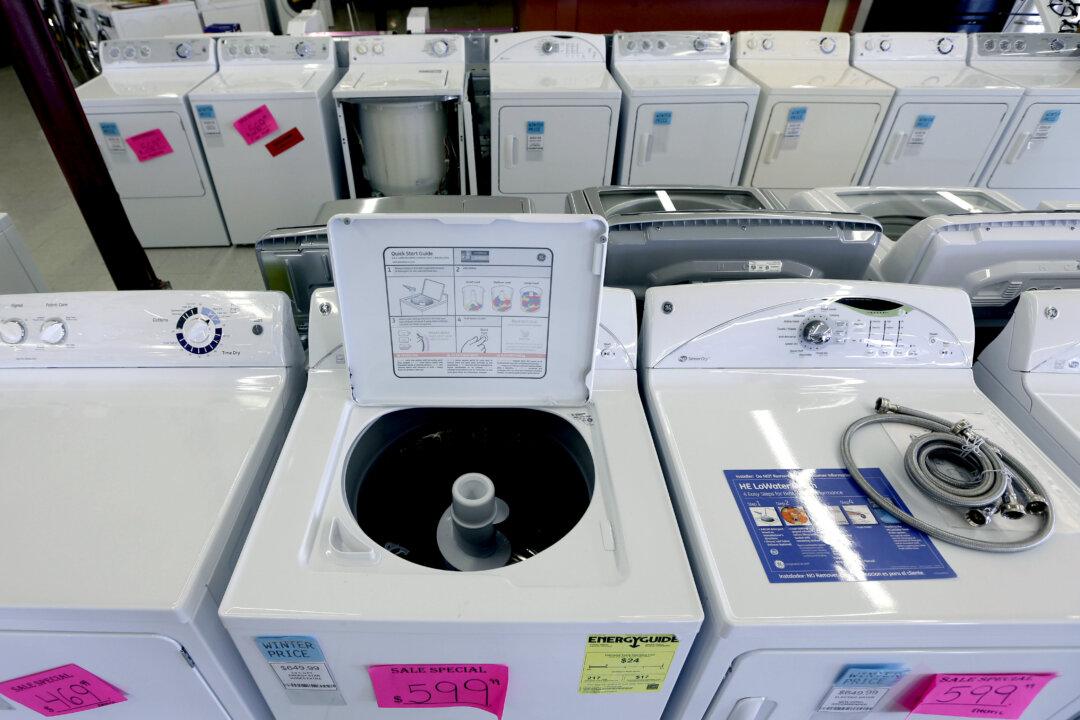Orders for U.S.-made durable goods unexpectedly jumped by 0.7 percent, or $1.9 billion, in May to $267.2 billion, according to the May advance report on durable goods from the U.S. Census Bureau on June 27.
The revised May data showed an increase in demand over April, which saw durable orders increase by 0.4 percent to $265.3 billion.





